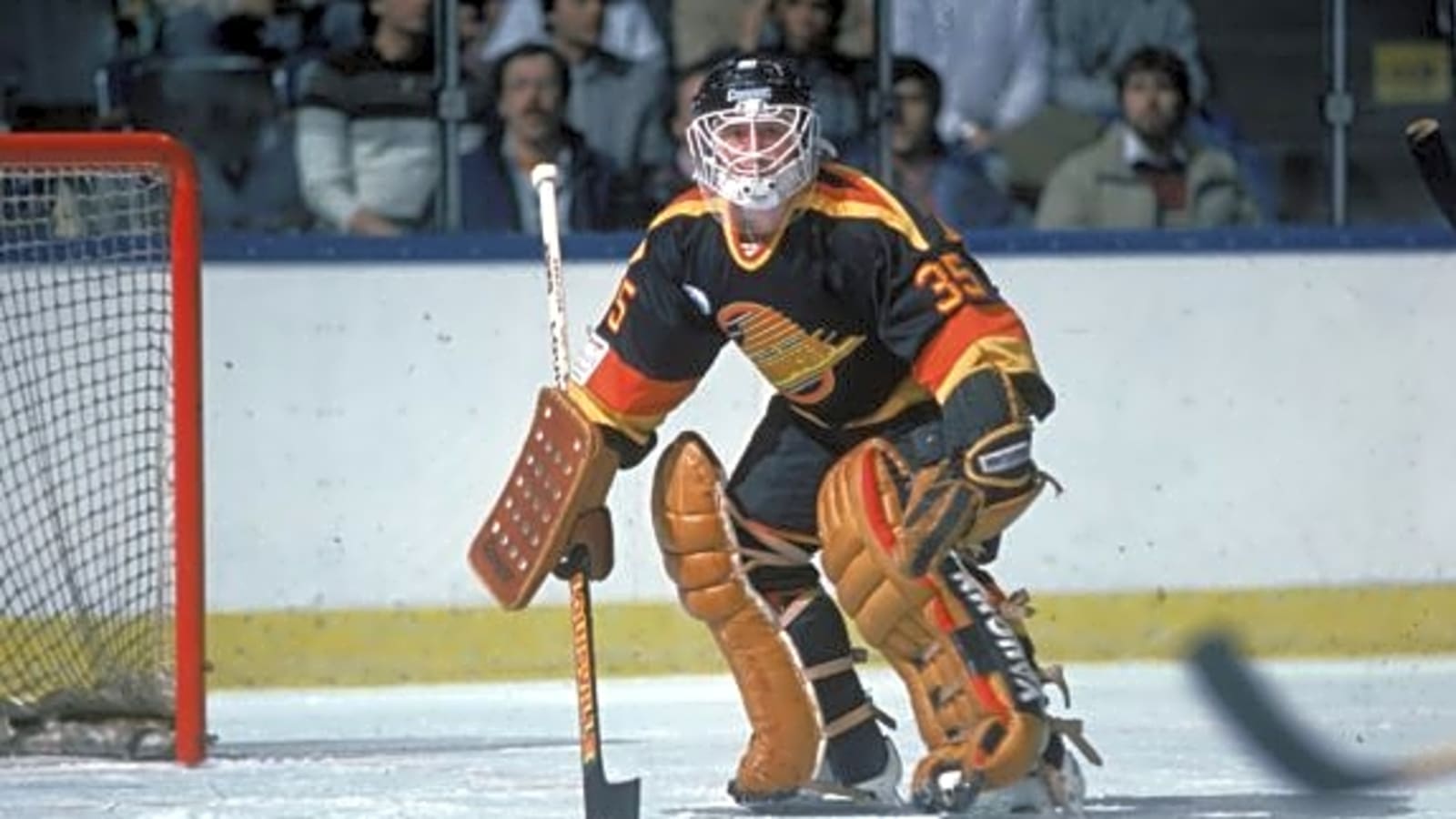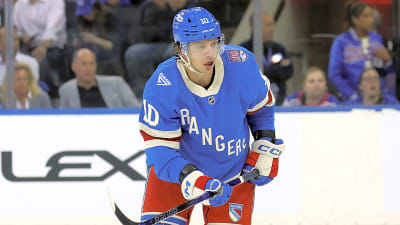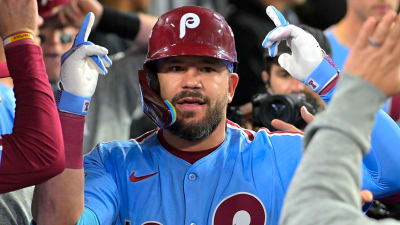
By any measure, Richard Brodeur‘s life has been nothing short of extraordinary. From hoisting major junior hockey’s most prominent trophies to backstopping an unparalleled Cinderella run to the Stanley Cup Final, and later emerging as a celebrated visual artist, Brodeur’s story is as rich and illuminating as it is unique. Nicknamed “King Richard” by adoring Vancouver Canucks fans, Brodeur is a Canadian sports icon whose legacy spans not only multiple hockey leagues but also multiple canvases.
This post reveals some interesting facts about the legendary goalie, “King Richard” Brodeur. It’s a story that he kept hidden during his playing days and is only now becoming better known.
Brodeur Experienced Major Junior Hockey Dominance and Memorial Cup Immortality
Brodeur’s rise to hockey’s elite level began in the early 1970s. During the 1971-72 season, as a member of the Quebec Maritimes Junior Hockey League (QMJHL) Cornwall Royals, he posted a sensational 40-17-1 record, a 2.93 goals-against average (GAA), along with five shutouts. As a reward for his brilliance between the pipes, Brodeur was the recipient of the Jacques Plante Trophy as the QMJHL Top Goaltender, while earning a place on the QMJHL First All-Star Team.
Aside from such accolades as the Jacques Plante Trophy and a First All-Star Team berth, it was during the 1972 Memorial Cup when Brodeur’s name was cemented in the major junior hockey history books. After posting a jaw-dropping 1.34 GAA while leading Cornwall to become Memorial Cup champions, Brodeur’s outstanding performance earned him the Stafford Smythe Memorial Trophy as tournament MVP—a more than fitting capstone to a season of dominance.
Brodeur Became World Hockey Association (WHA) Royalty in Quebec
With the NHL not yet calling for his services, Memorial Cup champion Brodeur chose to take his goaltending skills and talents to the World Hockey Association (WHA), where he emerged as a franchise cornerstone for the Quebec Nordiques throughout the WHA’s entire seven-season lifespan (1972-1979). Amassing a 165-114-12 record as a Nordique, Brodeur performed at a peak level during the 1975-76 season as he led the WHA in wins with a whopping 44.
A year later, Brodeur was instrumental in helping the Nordiques win their first Avco Cup championship, playing all 17 playoff games. Later on—in the league’s final season—Brodeur was named a Second Team WHA All-Star—a true testament to his longevity, excellence, and determination in the crease.
“King Richard” Rises to Prominence in Vancouver
Following the WHA-NHL merger, Brodeur’s rights landed with the New York Islanders, where he appeared in two games before being traded to the Canucks in 1980. Aside from several memorable moments in a Canucks jersey, Brodeur’s defining moment—his magnum opus, perhaps—illuminated throughout the entire hockey world in 1982, when he helped lead the Canucks on an electrifying playoff run—sweeping the Calgary Flames, ousting the Los Angeles Kings and Chicago Blackhawks, and taking on the New York Islanders in Round 4: the Canucks’ first-ever Stanley Cup Final.
“King” Richard Brodeur played 377 games for the #Canucks from 1980-1987 and was the backbone of the team during their run to the ’82 Stanley Cup Final. It’s impossible to think of the Canucks in the ‘80s without remembering King Richard and all those
— Vancouver Canucks (@Canucks) December 6, 2019saves. pic.twitter.com/z1n6v3xvgr
Although the Canucks lost to the Islanders 4-0, Brodeur’s incomparable heroics earned him the renowned nickname “King Richard” and cult status in British Columbia and throughout the entire hockey community.
Brodeur Was a Vancouver Canucks 3-Time MVP
Although the roster changed throughout Brodeur’s time as a Canuck, Brodeur remained—unwaveringly—their durable netminder and was awarded for his efforts by receiving the Cyclone Taylor Trophy as the team’s Most Valuable Player (three times): 1980–81, 1981–82, and 1984–85—which helped shine a spotlight on his critical role through familiar highs and lows that Canucks fans have come to know all to well.
Brodeur Was the WHA’s Last Player Standing
By the time he retired from playing in the NHL in the late 1980s, Brodeur held a noteworthy distinction: he was the last active NHL player from the WHA’s original 1972–73 season and the only one to have played in every single WHA campaign until the WHA-NHL merger in 1979. With this significant statistic, Brodeur’s career as a professional goalie marked a pivotal chapter in hockey history—the connecting link between two professional hockey leagues, showcasing hockey history at its best.
Brodeur Strokes Were Genius—Off the Ice
Even throughout the peak of his professional playing career, Brodeur harbored a creative and delicate secret: he was an artist. Sketching privately during off-days and long road trips throughout grueling hockey seasons, Brodeur chose to keep his hobby hidden from teammates, wary of being seen as “unusual” when considering what was perceived as accepted in hockey culture during that era.
After retiring from hockey (along with a few corporate-type positions), Brodeur has transitioned confidently into his next career—this time as a successful painter. His works—primarily nostalgic acrylic folk art of Canadian winters, pond hockey, and childhood memories—have been widely exhibited. His series My Childhood Hockey Memories is especially beloved and treasured for evoking innocence, passion, adoration, and absolute love of hockey.
“King Richard” Brodeur: A Legacy Beyond the Crease
Brodeur’s life is more than just an entertaining highlight reel, which includes a memorable Stanley Cup run in 1982. It’s a story of resilience, determination, transition, transformation, courage, creativity, and imagination. Whether staring down slapshots and breakaways or applying imaginative brushstrokes to canvases, “King Richard” has left his mark in ways few professional athletes ever do.
From the booming roar of excited, animated, and loyal playoff crowds to the quiet reflection of an art gallery wall, Brodeur’s legacy is still unfolding—and it’s nothing short of inspiring and treasured: it’s simply “King Richard” revealing a stroke of genius.
[Note: I’d like to thank Brent Bradford (PhD) for his help co-authoring this post. His profile can be found at www.linkedin.com/in/brent-bradford-phd-3a10022a9]
More must-reads:
- Jaromir Jagr's Hall of Fame bid will have to wait
- New Sixers hire puts Daryl Morey, Nick Nurse on the hot seat
- The 'NFL 100-touchdown club' quiz
Breaking News
Trending News
Customize Your Newsletter
 +
+
Get the latest news and rumors, customized to your favorite sports and teams. Emailed daily. Always free!









